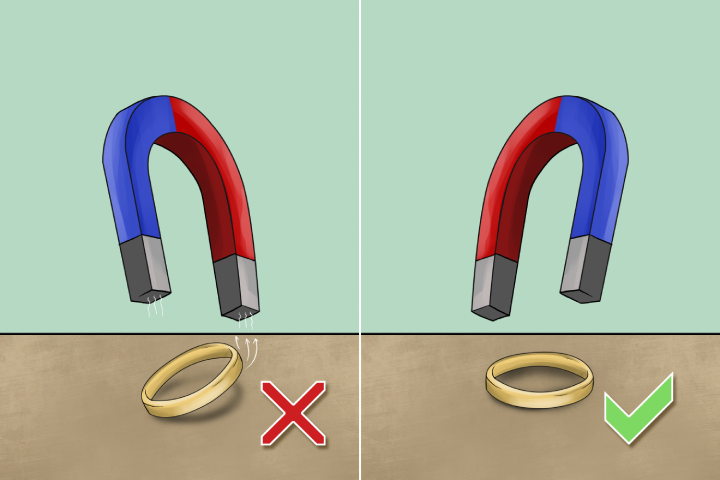Scan for tarnished areas:
Brass reacts with oxygen in the environment, causing a process known as oxidation which results in discoloration and tarnishing. If you notice any discolored or tarnished areas on your piece, it’s likely made of brass. However, keep in mind that just because a piece isn’t tarnished doesn’t necessarily mean it’s gold.
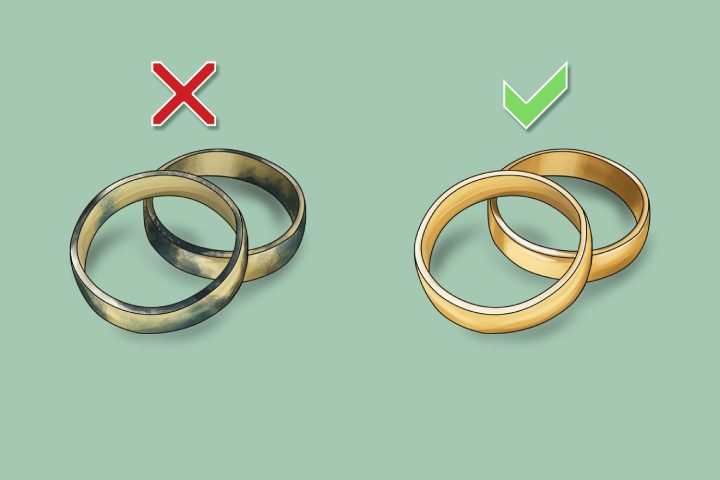
Check for hallmark markings:
Real: Manufacturer markings, also known as hallmarks, indicate the percentage of gold in a piece. Look for these markings on clasps, inner bands of rings, or on the surface of coins and bullion.
- In the US, gold purity is measured using the Karat (K) system, with 24K being pure gold. For example, 18K gold contains 18 parts gold and 6 parts other metals, making it 75% pure gold.
- The number rating system used in Europe to indicate the purity of gold is a scale from 1 to 999, where 999 means pure gold. For example, if a piece of jewelry has a hallmark of 750, it means that it is 75% gold.
Fake: When it comes to manufacturer markings, you may come across certain letters such as GP, GF, and GEP, which indicate that the gold piece is not pure.
- GP stands for gold plated, which means that the maker puts a thin layer of gold over another metal, such as copper or silver. Your item has some gold in it, but it isn’t considered real gold.
- GF means gold filled, which means that the item has a layer of gold that is much thicker than gold plating, but still not pure gold.
- GEP stands for gold electroplate, which means that the item has a thin layer of gold on top of another metal, but unlike gold-plating, gold electroplate is deposited onto an item through an electrical process.
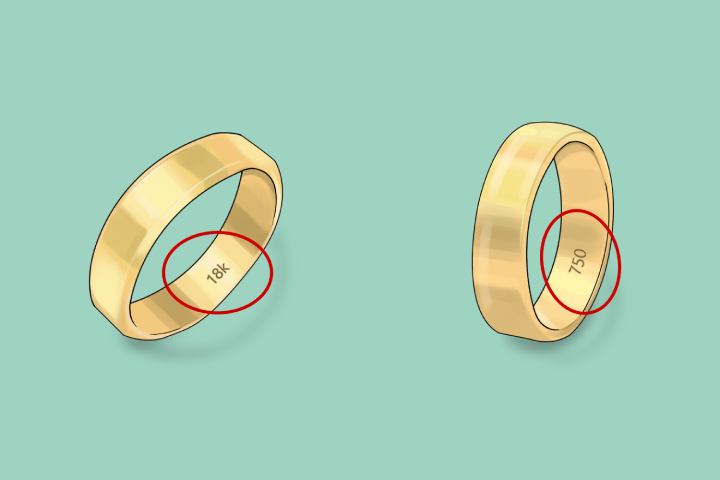
The density Test:
To perform this test, you’ll need a few basic tools such as an electronic scale, thin wire, cups, and water.
- Weigh the metal on the electronic scale and write down the number displayed, this is A.
- Fill a cup with water and place it on the scale. Tare the scale by setting the reading to zero.
- Tie the metal with a thin wire and lower it into the cup of water, making sure the metal doesn’t touch the cup. Record the weight on the scale as B.
- Divide A by B, and this will give you the specific gravity of the metal. If the specific gravity is similar to that of pure gold, then it’s likely that your piece is real.
The specific gravity of gold:
- 24k gold = 19.32
- 18k gold = 14.64~15.90
- 14k gold = 12.61~14.20
- 10k gold = 11.03~11.59
The specific gravity of other gold imitations is generally significantly lower than that of gold.
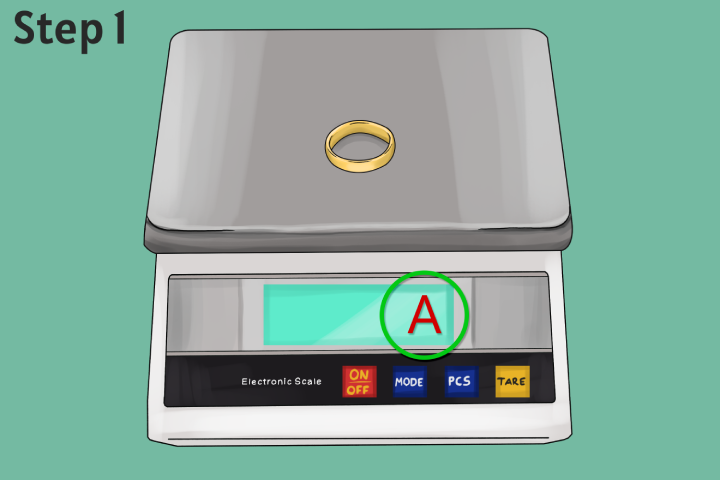
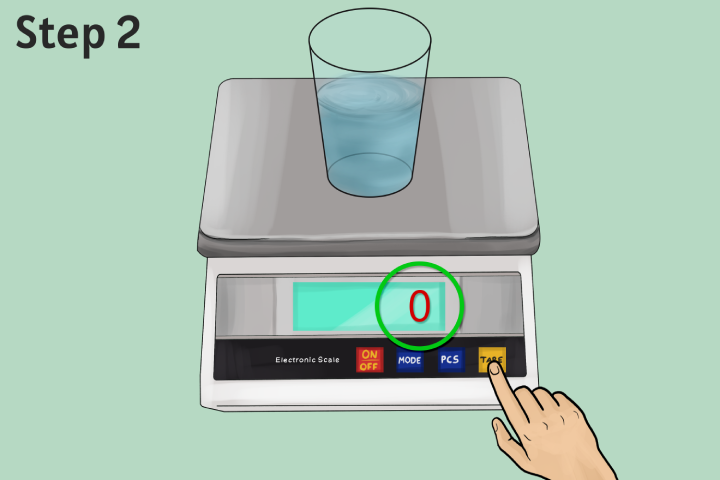
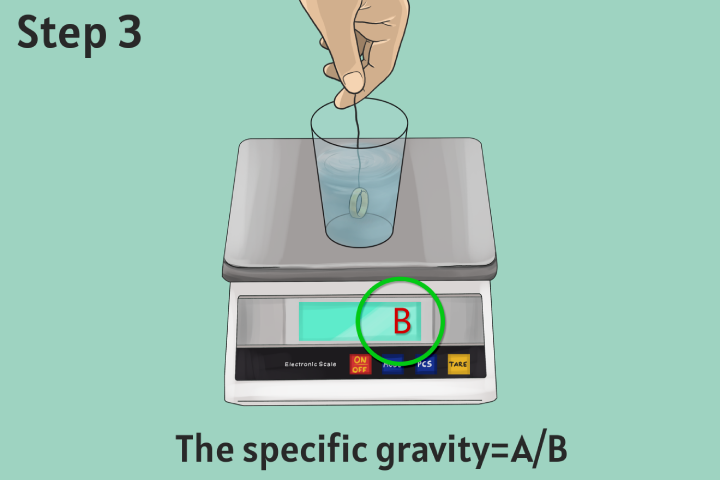
The magnet Test:
Gold is not magnetic, so you can use a magnet to help determine if it is real. Place a magnet near the gold. If the gold is attracted to the magnet, it is likely fake.
